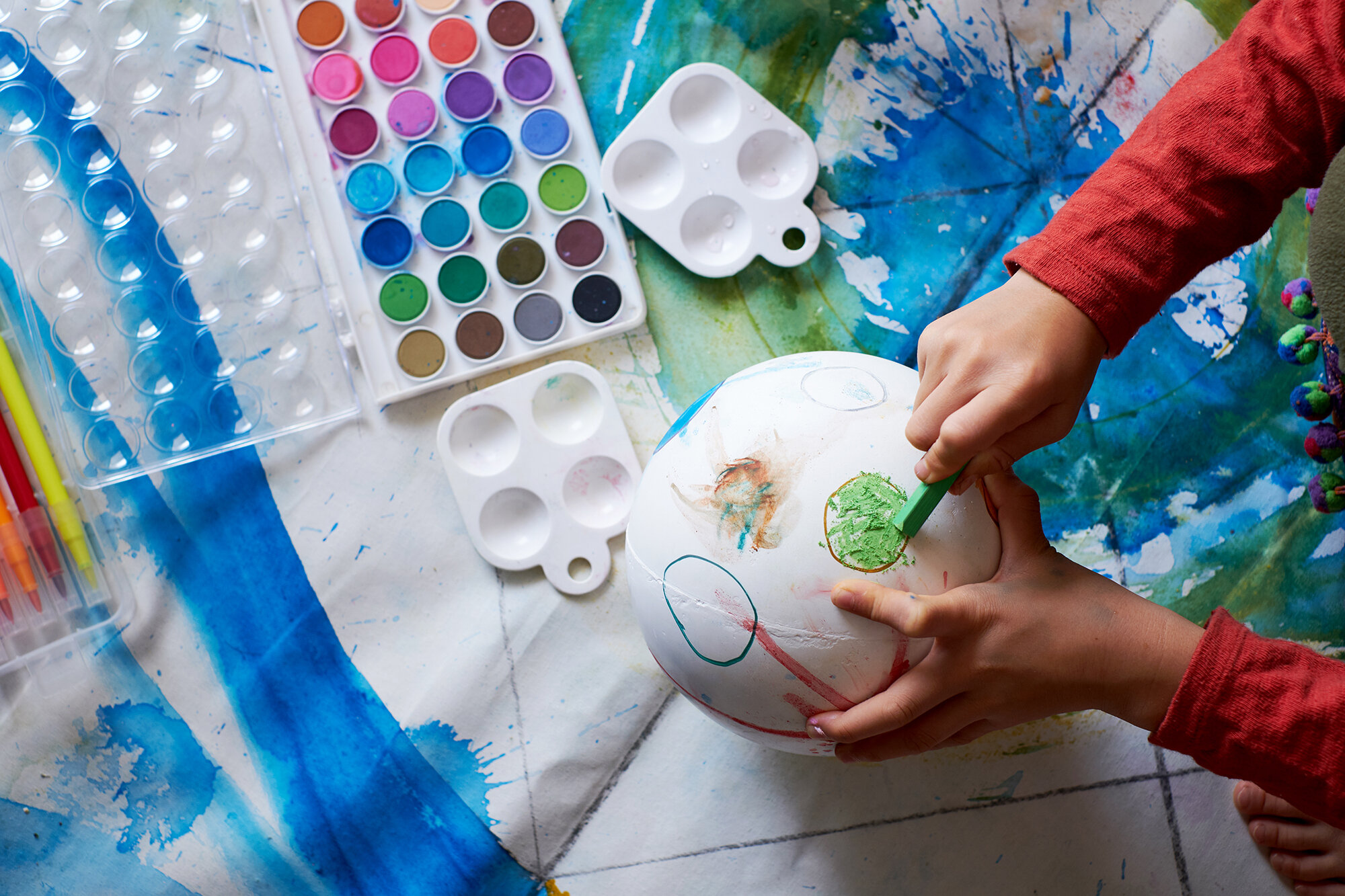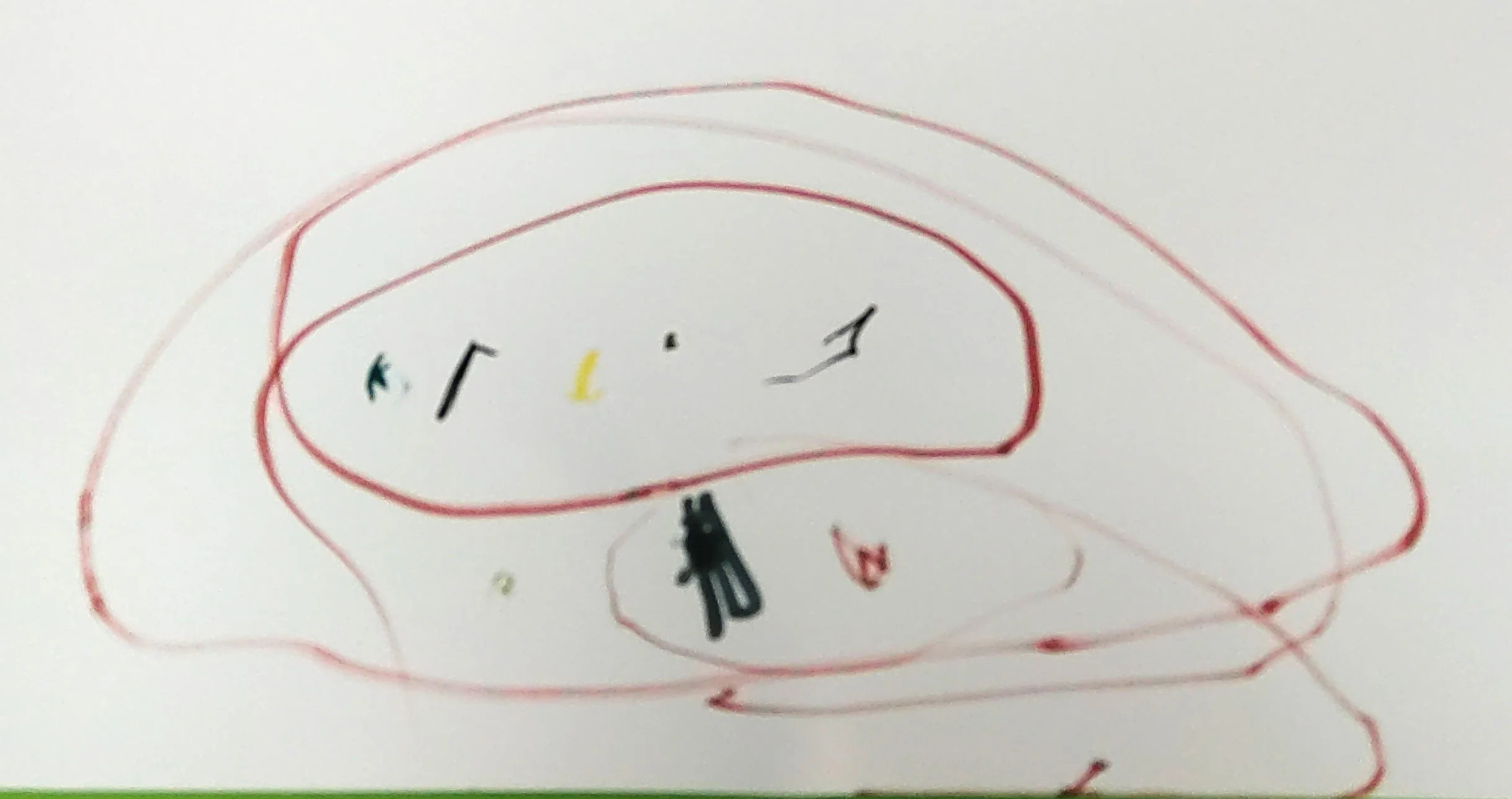Parents’ Club
Parents of children attending Bearsprings and parents throughout England often wonder how best to support their children when getting them ‘school ready’ and this is your chance to find out exactly how to do so.

Parents are recommended to visit our blog for a look at some of our activities at Bearsprings
Blog posts are updated regularly and offer a visual representation of activities parents can adapt for their own homes, regardless of age or number of children.
Younger siblings may not be able to fully participate at the same level as their older brothers and sisters but they will be joining in and are always listening and learning.
Ideas for play:
Read the traditional story of ‘The Three Little Pigs.’
Children will gain a large range of linguistic skills from this; reading stories is very important for expanding vocabulary and the repeated refrains such as ‘Little pig, little pig, let me come in’ allow the children to learn the word sequence and join in with the story themselves.
While younger siblings may not join in with refrains, they are still soaking up the structure of the story and will be better able to participate in the future if they have spent time listening to stories with their parents.
After reading the story you could focus on building structures.
You can challenge older children to build a house that they would like to live in to hide from the wolf using more difficult construction materials such as Duplo or Stickle Bricks. Younger siblings will see what their older brothers and sisters are doing and could build some towers using larger blocks under the supervision of parents.
This way you have all taken part in family time and a shared learning experience with the children having participated to their own abilities in the activity.
The older siblings could also build structures, as the pigs do, specifically for the youngest sibling to become the wolf and enjoy knocking them down!
Supplies you own
Don’t worry about buying expensive costumes etc, just think creatively, many costumes and toy food can simply be created from what you have at home.
Make masks using card and daw on your own design
Use clothes that are already in their wardrobes (or let them borrow yours if you feel brave).
A simple pot and spoon can bring hours of enjoyment to little ones as they will feel as though they are an adult and are cooking just like mummy and daddy (the toy ones can be very expensive).
Use (clean) old food boxes and plastic bottles that are safe for children and let them use these in their cooking or shopping games.
Hands-on activities
We often get asked what kinds of toys or activities we would recommend for children. All time spent with parents is important but we would always recommend any kind of story based activity with imaginative play.
You can read stories while moving around and act them out (role play).
With regards to physical activities sand and water play is beneficial for children in a scientific way, as they are able to fill and empty containers.
Feel free to go for a walk around your local area and discuss what you see. We go for walks often; these could be any kind of walk. You could decide to look for numbers, specific animals, count steps or just look for cars and listen out for different kinds of noises. Your walk to and from anywhere can become a learning opportunity and this prevents children from getting bored and fussy, as well as providing an opportunity for discussion, which helps little ones to expand their vocabulary and understanding of the world around them.
Park visits are also free and full of opportunities to exercise and strengthen their bodies.
If you are at home and have a garden, bubbles are also a great way to get children outside and enjoying play; you can use it as an opportunity to test out a variety of different ways of blowing bubbles and talk about wind direction and weather for older siblings. A tray of water and some washing up liquid with some plastic toys is another good opportunity to play with bubbles. You can make an underwater restaurant or an aquarium depending on what toys you wish to add to the bubbles.
Children love any kind of kitchen or shop role play as this is something they see in their daily lives and want to mimic (their parents cooking or eating). You can try introducing their favourite foods or even add some culturally diverse food options.
A favourite character toy can also be used to teach children empathy and life skills. For example, you can ask children to make food for their favourite superhero doll/ figure or become a doctor and find out why they are feeling unwell. Do they need to be tucked into bed?
Music/ Videos
Children love singing and dancing and love to see other children doing the same. You are not at a disadvantage if you do not pay for these kinds of classes.
There are many videos online of children singing and dancing to favourite songs such as ‘wind the bobbin up’, the ‘hokey-kokey’ etc. For older children there are again many videos online of children dancing to their favourite songs such as ‘Hawaiian roller coaster ride.’ You can often access these for free on special children’s videos channels on YouTube. Parents should always be mindful to check which videos their children are exposed to before allowing them to view them.
If we were to recommend any instruments for children it would be some kind of shaker or bell as they are able to learn to follow a beat from a young age using these with enjoyment, while still being able to dance around, feeling less self conscious. During dance time we often use shakers and bells to get children to move more freely. Once they have finished with their instrument they will often put it down themselves, choose a different one or simply dance without it, possibly returning for some more music making later.
Children enjoy anything with a beat, while musical tastes are unique to each individual, children also enjoy a wide variety of genres. As long as they can feel a beat to the music they will enjoy it to some level.
Reading and writing
Something of key importance that we have noticed repeatedly coming up at Bearsprings is that parents often teach their children to recognise and write in capital letters.
We would like to let parents know that we advise teaching children the lower case letters and not to worry about upper case letter formation until they are writing sentences. Children are always keen to read and write their names so this is a natural opportunity to mention the capital letter at the beginning of their name.
Example:
Learn the letter ‘i’ and the sound that it makes first and then it will be easier to learn that ‘I’ is a separate word. If children learn the capital form of ‘I’, we have noticed that it will repeatedly appear in the middle of words and they will struggle to recognise the lower case equivalent.
We only buy and make resources with lower case letters, so that children become used to seeing and using them. Most educators know to use lowercase letters but this information is rarely passed onto product manufacturers or parents.
Many parents are also unaware that when teaching phonics to children the sounds that the letters of the alphabet make have changed over time, in England. The new sounds are intended to make it easier for children to learn how to blend the sounds together and sound out the words that they need to read and then write when they start school.
Bearsprings uses the ‘Letters and Sounds’ scheme to teach children phonics (the sounds of the letters), combined with the ‘Jolly Phonics’ actions to help children make links and remember what sounds are made.
Some children need to be taught both actions and sounds in order to remember how to read and others do not. At some stage they all stop using the associated actions once they become more comfortable and familiar with the sounds.
You can look these up online if you also wish to use them at home.
We usually send a link to the jolly phonics alphabet song on Youtube to parents, so that they can practise the sounds with their children.
Reading and writing should not be made stressful for children; reading books together and teaching them to recognise their name is enough for parents to focus on at the beginning. If they can re-inforce any phonics teaching or handwriting practise sent home by practitioners that is above and beyond what is expected of them. Children do not need to be able to write full sentences with perfect spelling and grammar when they start school. It is a learning process and those that maybe struggling will soon catch up! If there are any concerns your practitioner should let you know so always free to ask them.







